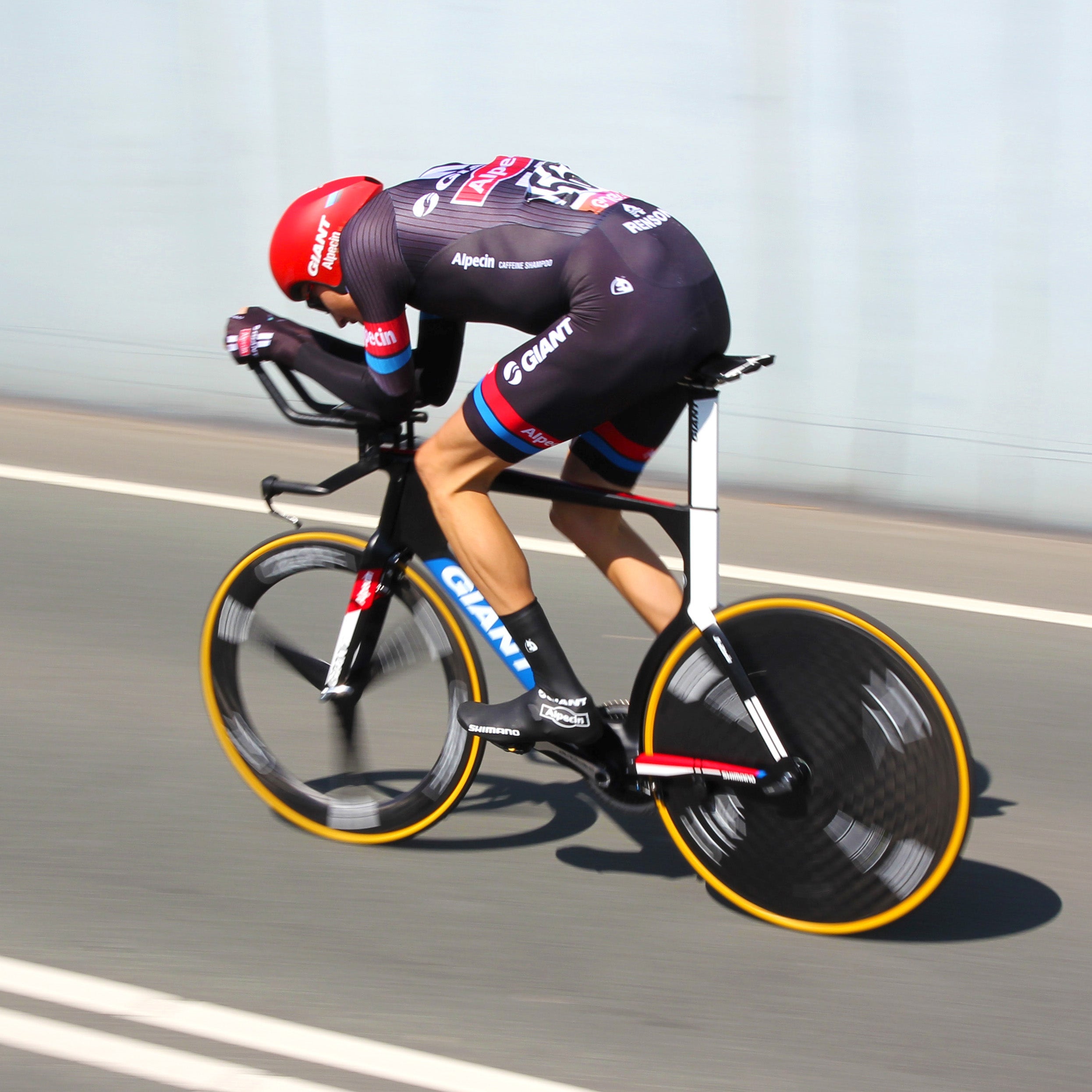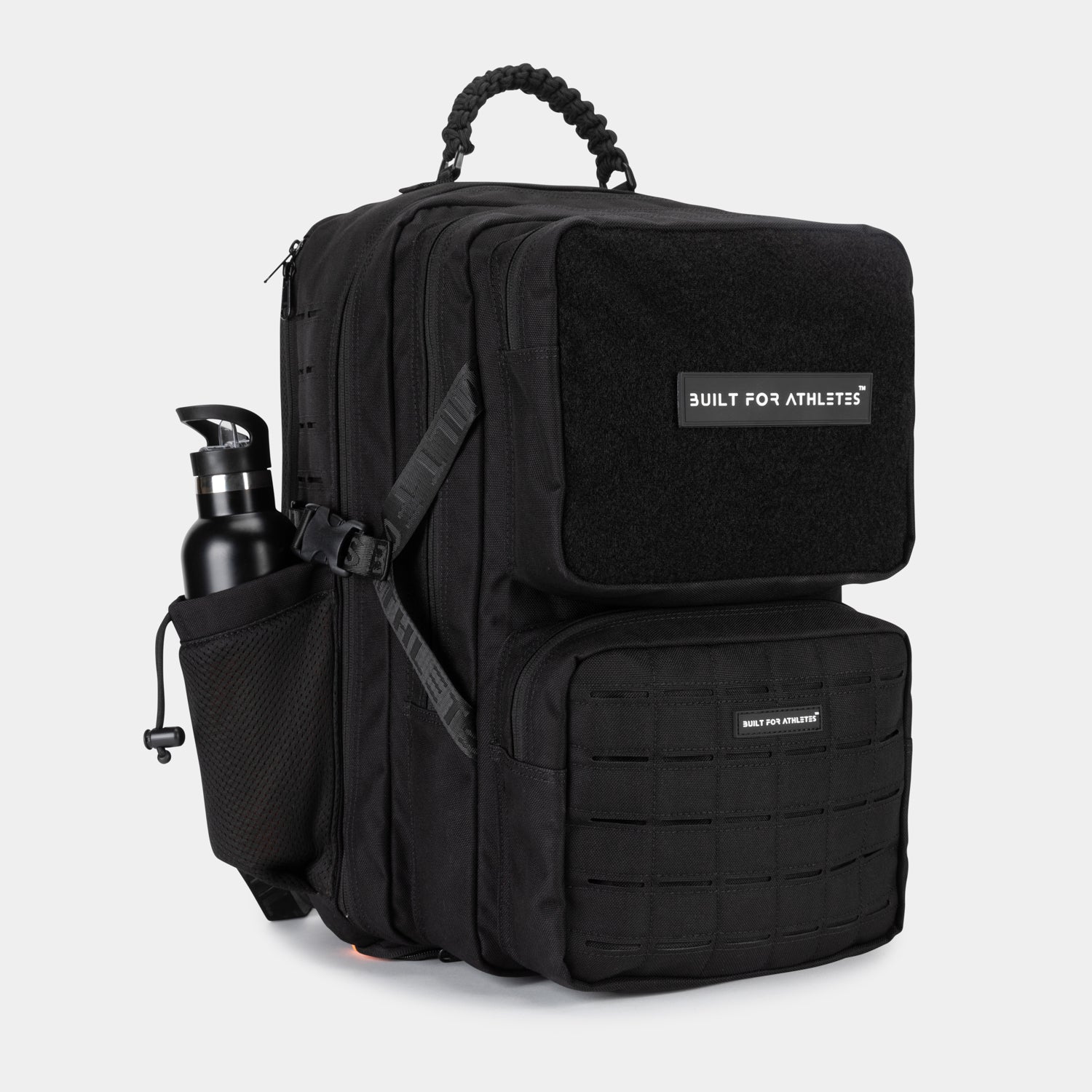Functional threshold power is a common training term used by cyclists.
It’s a tool that can help you track your progression and chart your way through levels of fitness.
But what actually is functional threshold power and how can you improve it? Built for Athleten takes a look.
Functional Threshold Power Explained
Functional threshold power is the average amount of power in watts that you can sustain for one hour. It’s usually about 95 per cent of the power you can sustain for 20 minutes, so a 20-minute time trial can be used to determine FTP.
The figure is sometimes then expressed in relation to weight by dividing the average number of watts by the number of kilos the rider weighs. This is because you would likely need less power to travel at the same speed if you lost weight.
If you can improve your FTP through training then you will be able to sustain a higher level of power, and therefore increasing your overall fitness. That’s why the measure is commonly used to monitor a cyclist’s progression during a training block.
How Do You Improve Functional Threshold Power?
There’s no quick fix to get your FTP to shoot up. It’s a measure that will increase over time as your body adapts to training.
Long and short intervals as well as improving lactate threshold and general aerobic fitness and strength will all contribute.
A world-class cyclist might have an FTP of around 6w/kg and there are various scales and charts available which can give an idea of how good your own score is. Those charts can then be used to create targets or simply to track your progress as you improve.
Putting a number on your fitness and seeing that progress over time can be a great source of motivation, especially in the absence of races.

























































Teilen Sie:
Wie man effektiv auf die Herzfrequenz trainiert
5 Möglichkeiten, Ihre psychische Gesundheit während der Isolation zu verwalten